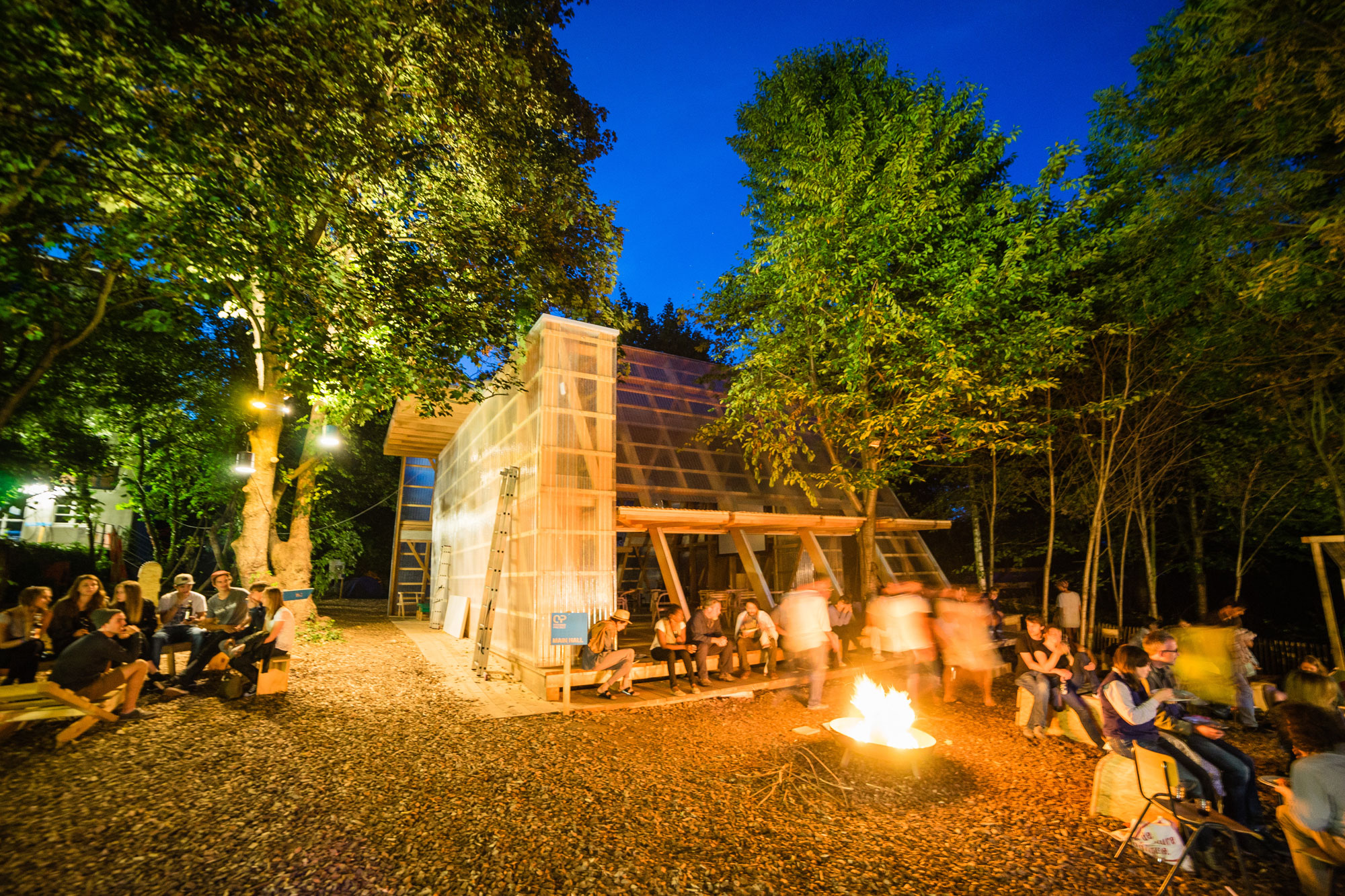
While visiting Darmstadt this June 2016, I was lucky to visit the remains of the Osthang Project built in 2014. The Osthang Project – International Summer School and Festival for Future Modes of Living Together took place in summer 2014 on the underused plot of the Osthang, it brought together knowledge and experience from architecture, social and political science, economy, activism and art, as well as experimental building and experimental forms of living from around the world.
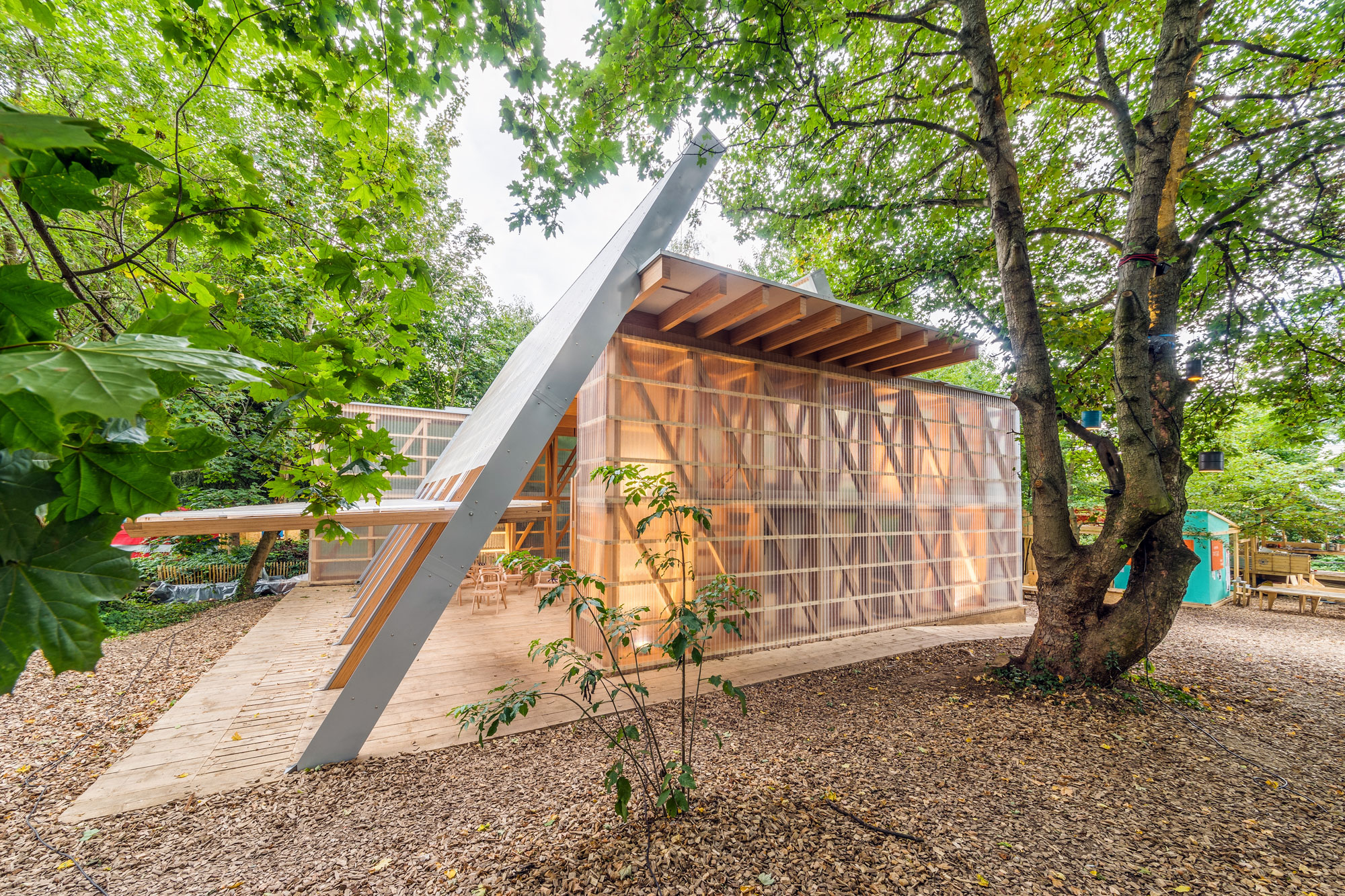
Through the event, the participants wanted to discus and explore the central themes of the Osthang Project. They pondered on what community means today, what spaces communities need, what forms and spaces of communal living can be imagined for the future, and how it be build.
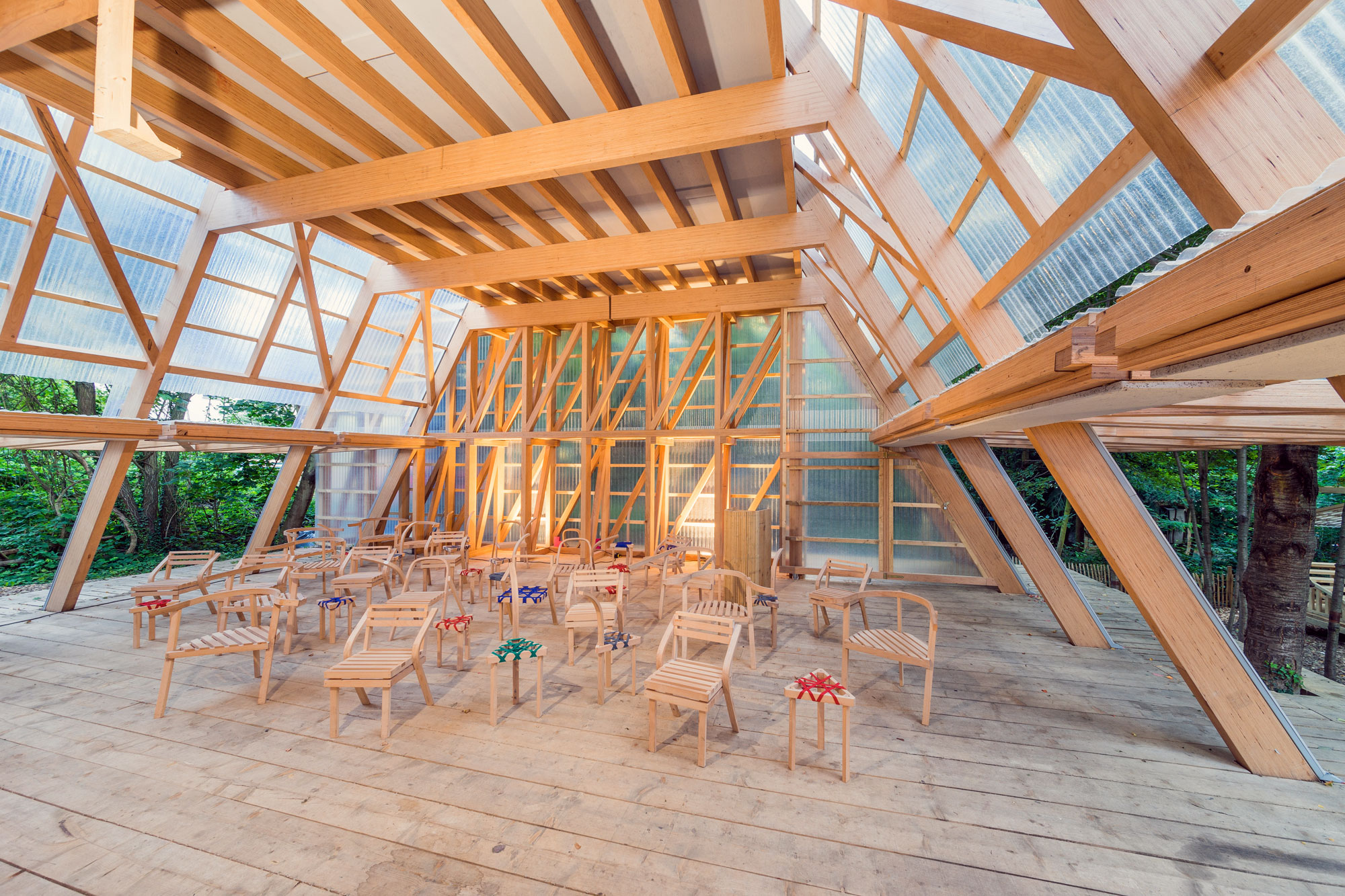
What remains was a hip, cool, organic looking space amid the historically significant ensemble of the former artist colony Mathildenhöhe (I must add here that Darmstadt is a significantly impressive city, such a pity that not many seem to know of how beautiful it is).
The remaining structures, that incorporated a hybrid of wood and used cars as walls, was certainly impressive, more so in contrast with the old elegant buildings that surrounds the area.


However what I liked the most about the project was the urban garden that they have attempted in the vicinity. The garden was a permaculture garden which was designed by (I think) atelier le balto, a landscape designer, please correct me if I am wrong. This garden surely made me fall in love deeply with this whole permaculture movement. Permaculture isa system of agricultural and social design principles centered on simulating or directly utilizing the patterns and features observed in natural ecosystems (according to wikipedia). This method then does create a more natural look to it, than the mono-culture agricultural method we are used to, where the same plants are planted together. By using this permaculture method, we can also avoid using pesticides, because the ecosystem protects the plants from pests.
Visually the garden looked amazing! It had a geometrical play to it, while still having the soft organic lines popping up with the growing plants (thanks to the permaculture method). It became even more interesting to know that they used terra preta soil to grow the urban garden. Terra preta is a dark fertile manmade soil that was found in the Amazon Basin. The soil was made by adding a mixture of charcoal, bone, and manure to the otherwise relatively infertile Amazonian soil.A product of indigenous soil management,the charcoal is very stable and remains in the soil for thousands of years, binding and retaining minerals and nutrients. In recent years, there has been a movement to recreate terra preta, and one of the companies that succeeded to do this, collaborated in this project. apparently this experimental soil medium is the reason why the plants are growing fast in that garden. I would love to experiment with something similar here in Indonesia.
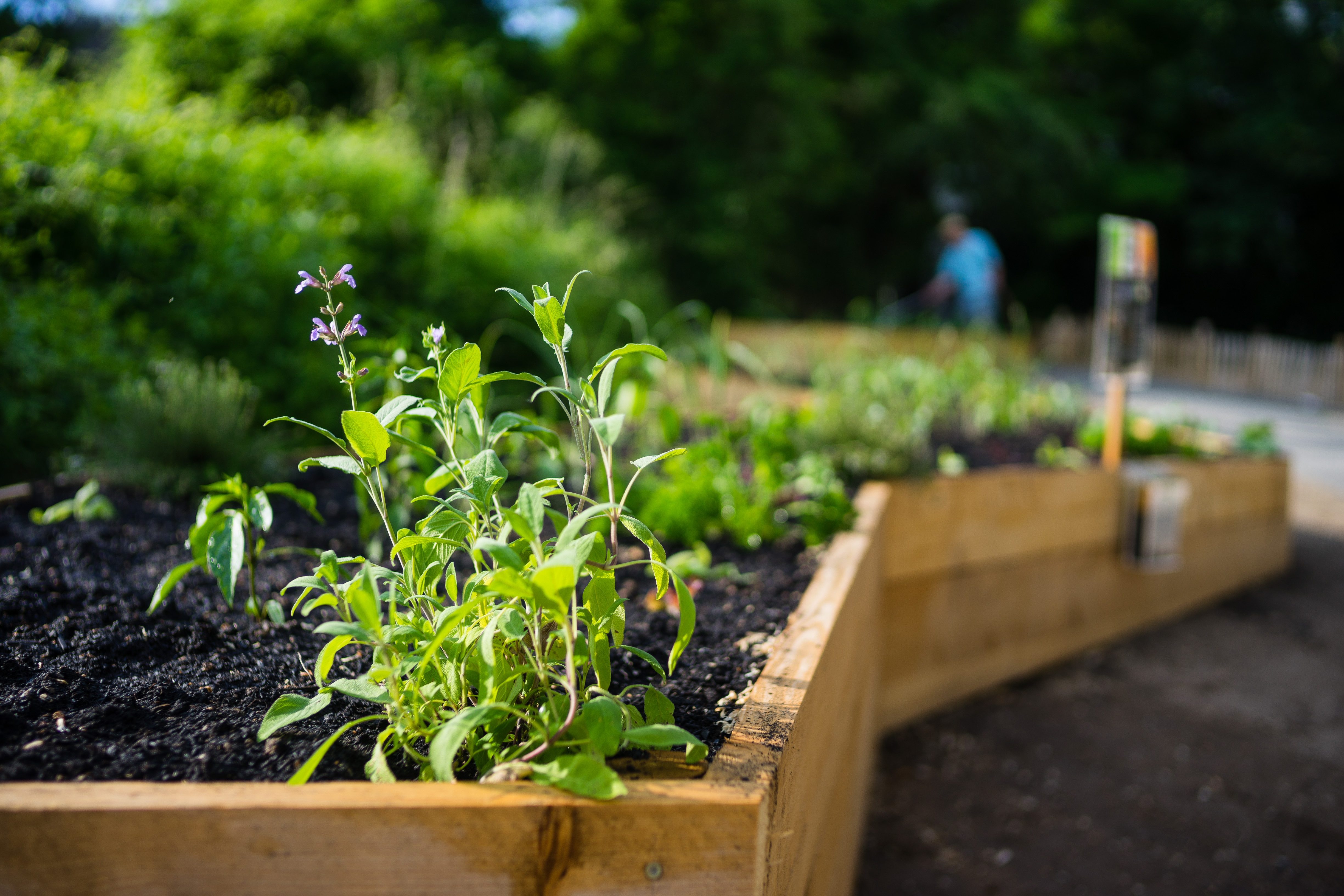
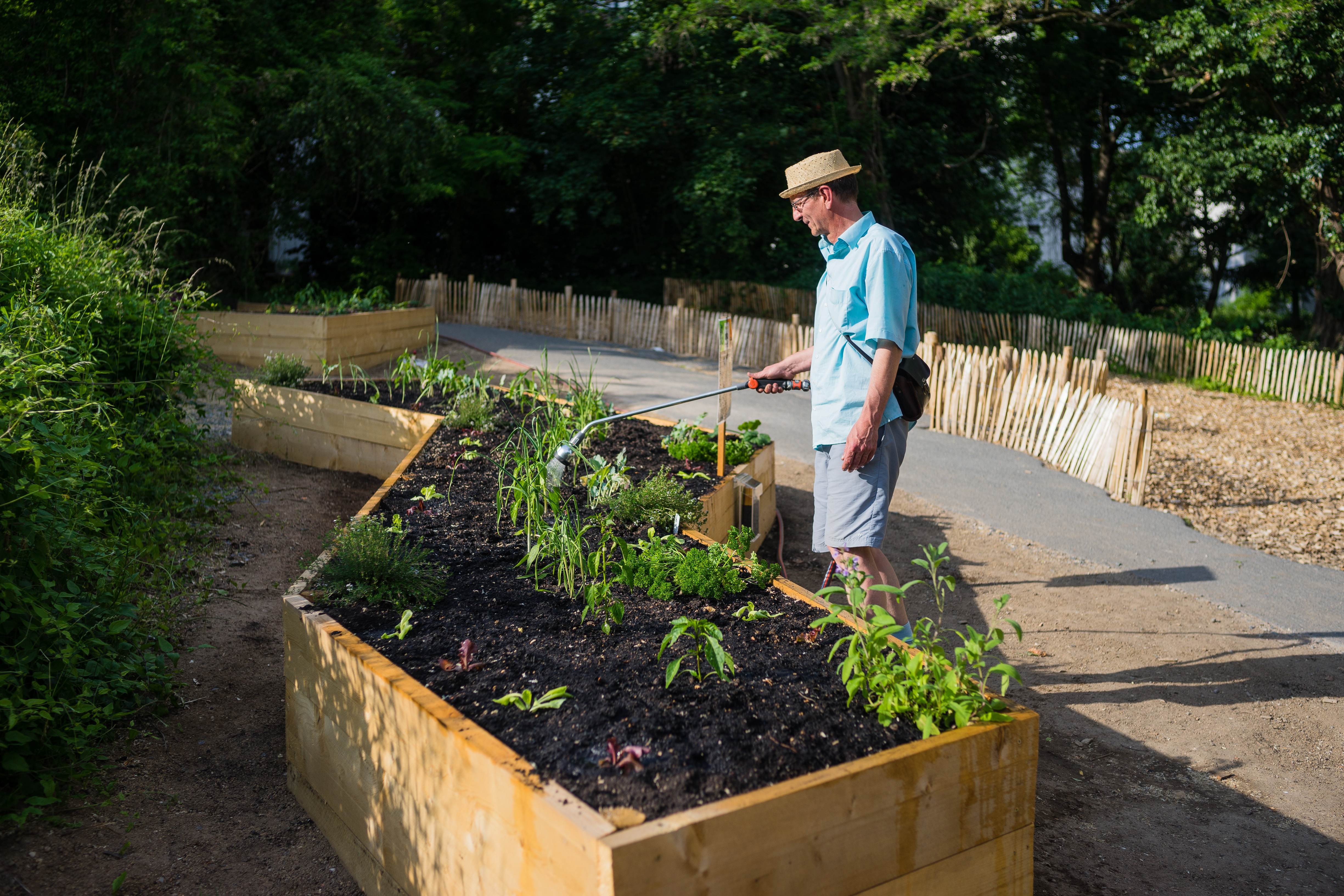
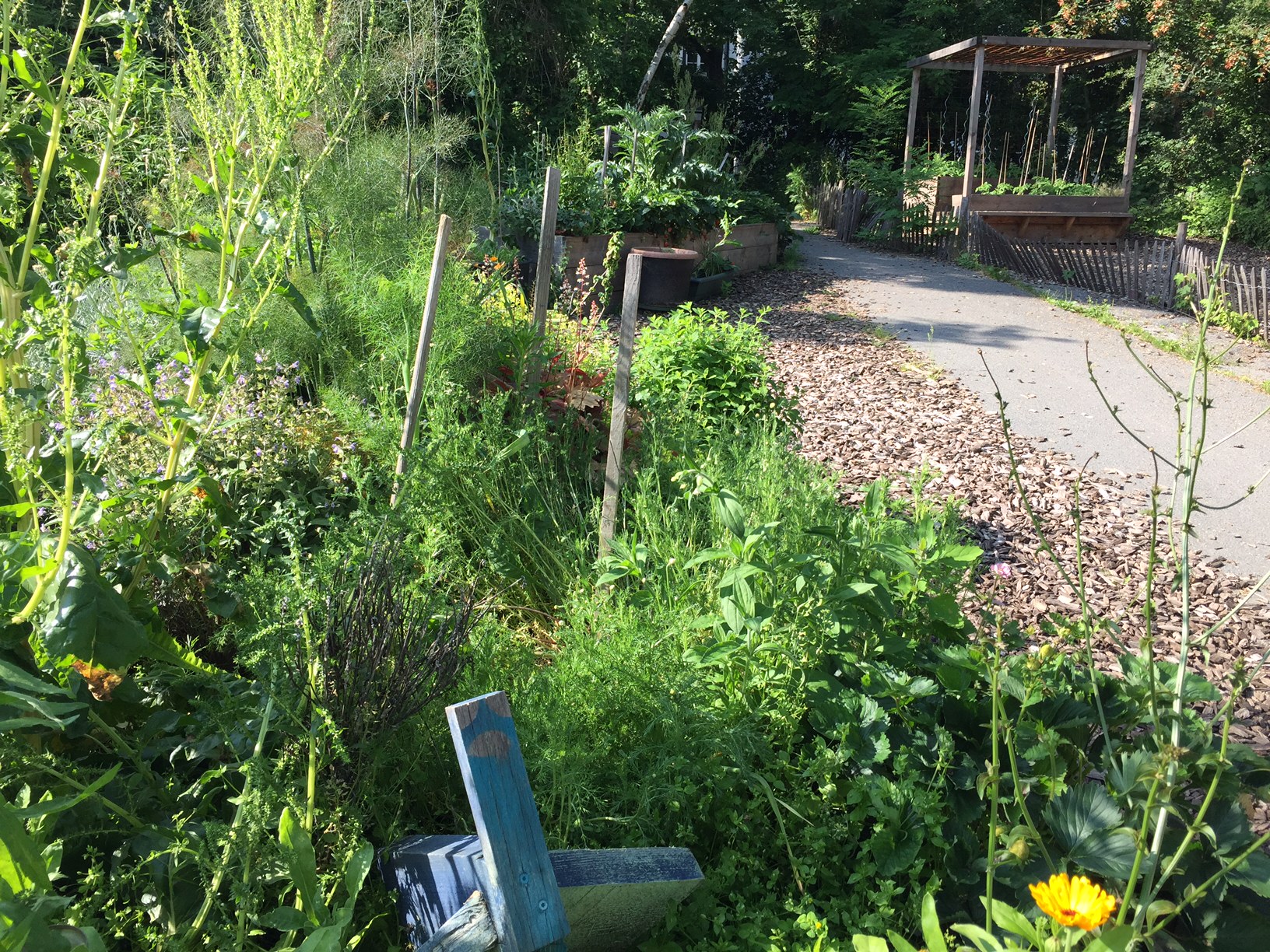


Simpen dulu ah buat referensi bikin kebon, tsah…